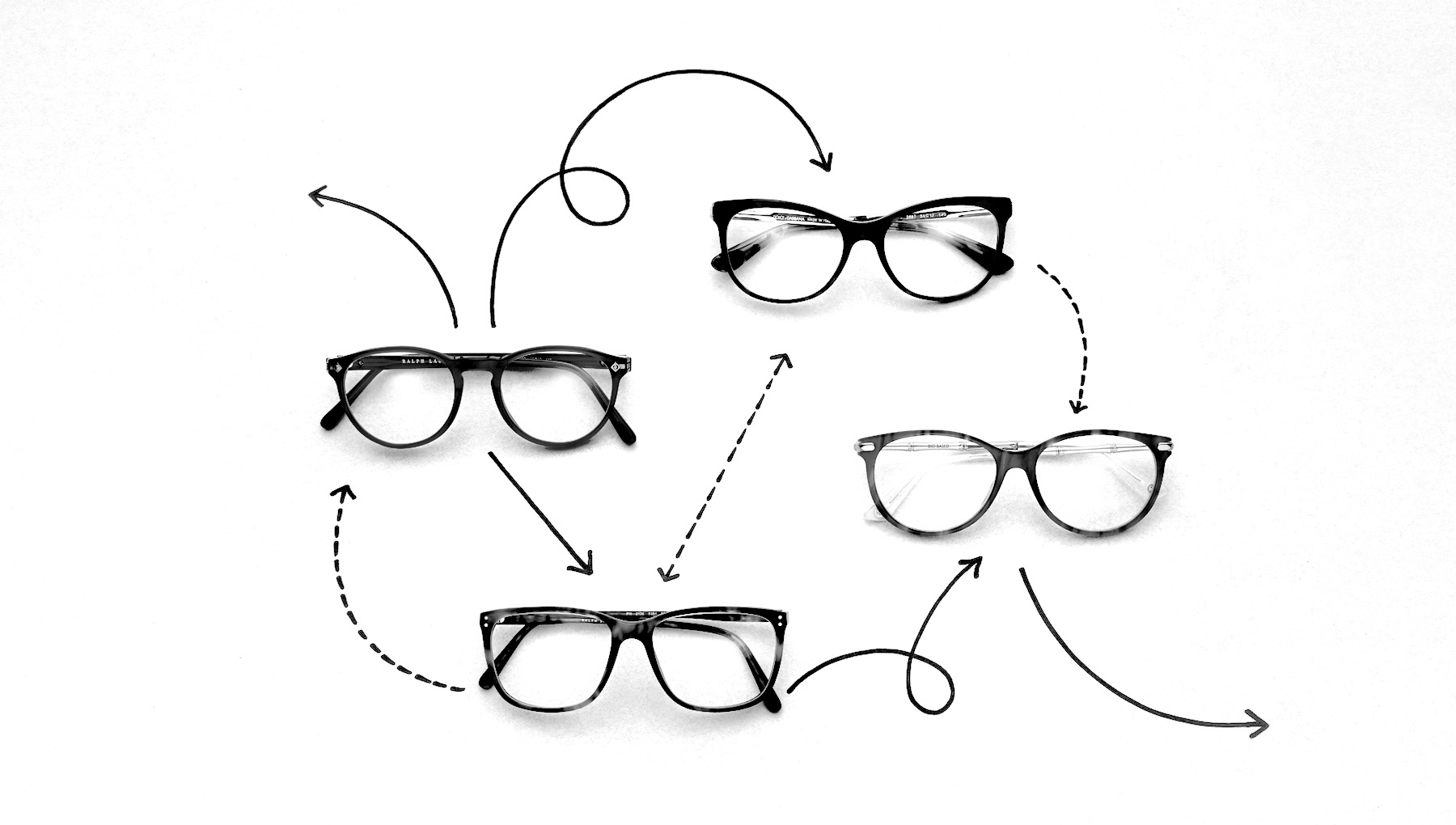With more than 500 physical locations, 2100 employees, and 25% market share, Synsam Group is the leading optical retailer in Europe’s Nordic countries. The company was an early pioneer in bringing the Subscription Economy to a traditional optical retail business in Europe: they launched their subscription service for eyeglasses, contact lenses, sunglasses, and prescription sports eyewear—Synsam Lifestyle™—in mid-2016. We spoke with their Chief Commercial Officer, Andreas Sjöharald, about what he’s learned about building a successful subscription service.
You joined Synsam in 2015 and barely a year later started the subscription service. What made you embrace the Subscription Economy?
Before coming to Synsam, I was with the Boston Consulting Group and had been working with subscription businesses across a variety of sectors—media, automotive, health care. When digging deep into consumer behavior data within the optical retail industry, there was a significant gap between consumer demand and how the industry had chosen to serve the customer. We launched our first subscription model in 2016, and at the close of 2019, we had more than 200,000 subscribers contributing €100M in revenue.

What mindsets has your company had to shift to succeed in the Subscription Economy?
A subscription business isn’t just about how customers pay you for your product or service. It’s about what you offer the customer and what unique USPs you empower your subscription offering with. Success in subscription services depends on prioritizing your relationship with your customers, much more so than in traditional brick-and-mortar retail. So from the very beginning, we doubled down on this aspect of our business at every level—from the executive team on down. We make sure we do everything we can to serve our customers’ needs, not just for today, but for years to come. For example, we made our offering really flexible, so our customers can easily modify their subscription as their needs and prescriptions change, which is a fundamental change in our industry.
Part of flexibility with subscriptions is allowing customers to downgrade. When you think of customer lifetime value (CLV), how does that type of flexibility play into how you’ve structured your offering?
Like many traditional businesses, we used to be fully focused on driving transactions, so it’s been a journey for the whole organization to really grasp the CLV concept. Because in subscriptions, it’s really about what we’re going to get from a customer over many years, not in a single transaction. We’ve had to shift our focus to put existing customers first in all situations, and then we add new customers on top. This is really about culture. The most effective growth strategy is to keep the customers you’ve already acquired.
What data are you tracking with your subscribers? What do you find most important?
Since the subscriber relationship is the essential engine of our subscription business growth, we want to know as much as possible about them so we can recommend beneficial changes to their subscription before they even realize the need themselves. Having good user data fuels our obsession with making sure our customers are getting what they want and need from the services we create.
“Having good user data fuels our obsession with making sure our customers are getting what they want and need from the services we create.”
What about usage data and usage-based pricing, both of which are increasingly gaining popularity in the Subscription Economy?
We don’t have usage-based pricing right now, but we are looking into it. In fact, we are kind of obsessed with usage data right now, trying to understand how our customers are using our service to make sure every single subscriber gets the benefits they’re paying for. Our exploration of this is an extension, really, of our transition to getting into subscription services. We’re making sure our entire team understands this isn’t a “one-and-done” world anymore. What’s working really well for a customer now may not work for them next month or next year—this has been made abundantly clear during the pandemic where the flexibility in our subscription services has been highly appreciated by our customers.
Covid-19 has changed, well, everything. How has your business handled the uncertainty of this pandemic?
With the pandemic, our subscription service is playing an even more vital role in helping our 200,000 customers get the care and the products they need. But we also see a stronger inflow of new customers signing up for the subscription model. The reason behind this is quite obvious—in uncertain times, you choose the safe solution. With our subscription, there are no surprises. Whatever happens, the solution is already included in the subscription.
What are some of the most important lessons you’ve learned about succeeding in the Subscription Economy?
Start with the customer, understand what unique features the customer would appreciate, and make sure the USPs in your offering are highly valued. Too many companies look at subscriptions as a down payment, but to slice your payment is nothing revolutionary and won’t do the trick without the true USPs that will make the customer stay with you forever. Then launch simple, track data and behavior, and never stop innovating your offering. You are never done!

